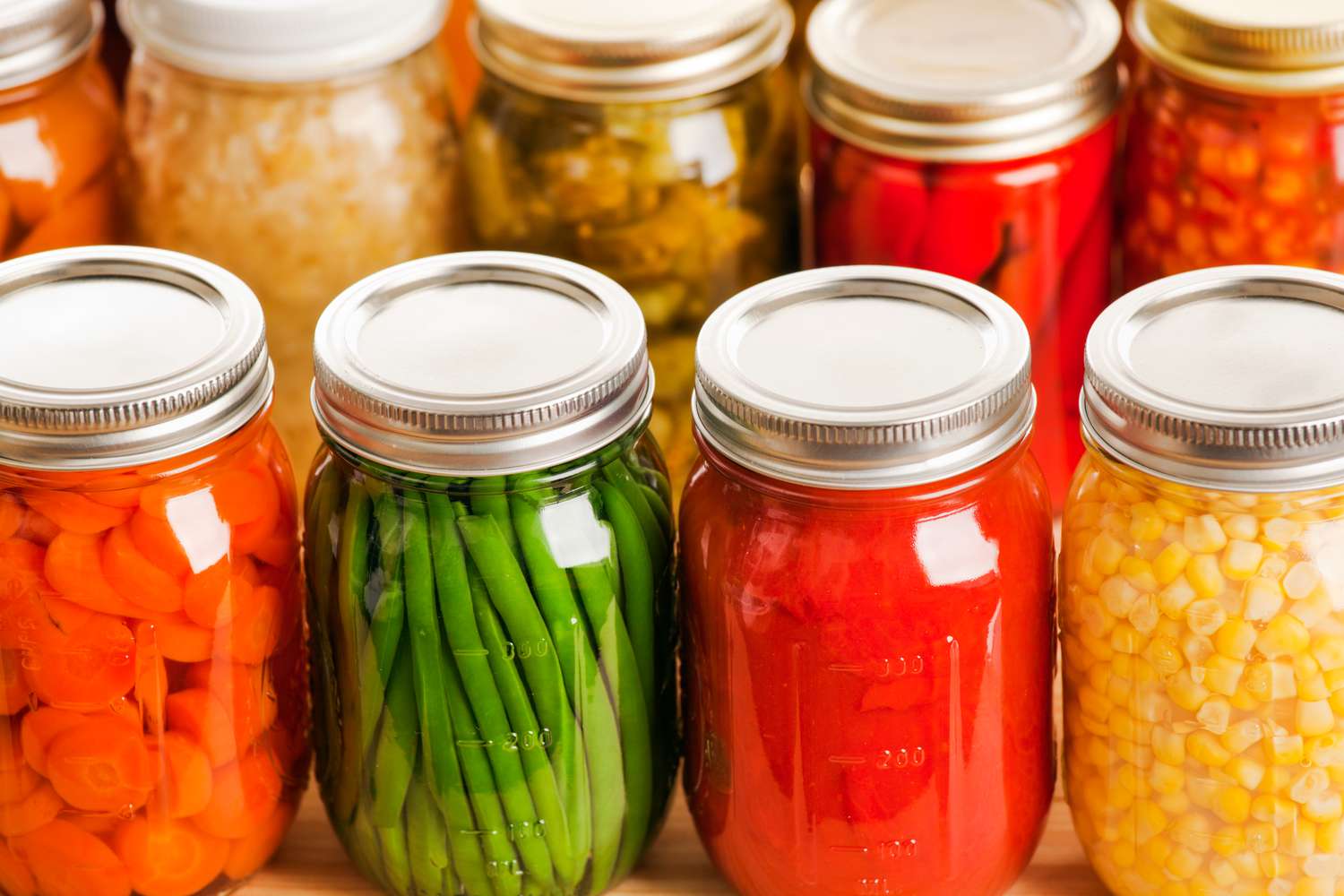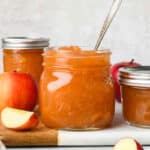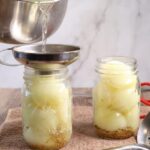Canning is hands down one of the best ways to preserve food for the long haul, all while keeping it delicious and safe to eat. If you’ve ever found yourself wondering what foods can be canned, you’re in for a treat! You might be surprised by the variety — from fresh veggies and juicy fruits to hearty meats and even baby food, there’s so much you can can right at home.
In this guide, I’m going to take you through the ins and outs of what foods to can, the 3 methods of canning, and how to do it all safely and effectively. Whether you’re just getting started or you’ve been canning for years, I’ll make sure you get the most out of your pantry. Let’s dive in and get those jars ready!
Why Learn What Foods Can Be Canned?
When you understand what foods can be canned, you can make the most of seasonal produce, save money, and reduce waste. Plus, there’s something deeply satisfying about opening a jar of home-canned food in the middle of winter and tasting the freshness of summer.
Canning allows you to:
- Preserve fresh produce for months or years.
- Control ingredients — fewer preservatives, less salt, and no artificial additives.
- Save time and money by preparing bulk foods.
- Enjoy homemade flavor anytime you want.
The 3 Methods of Canning
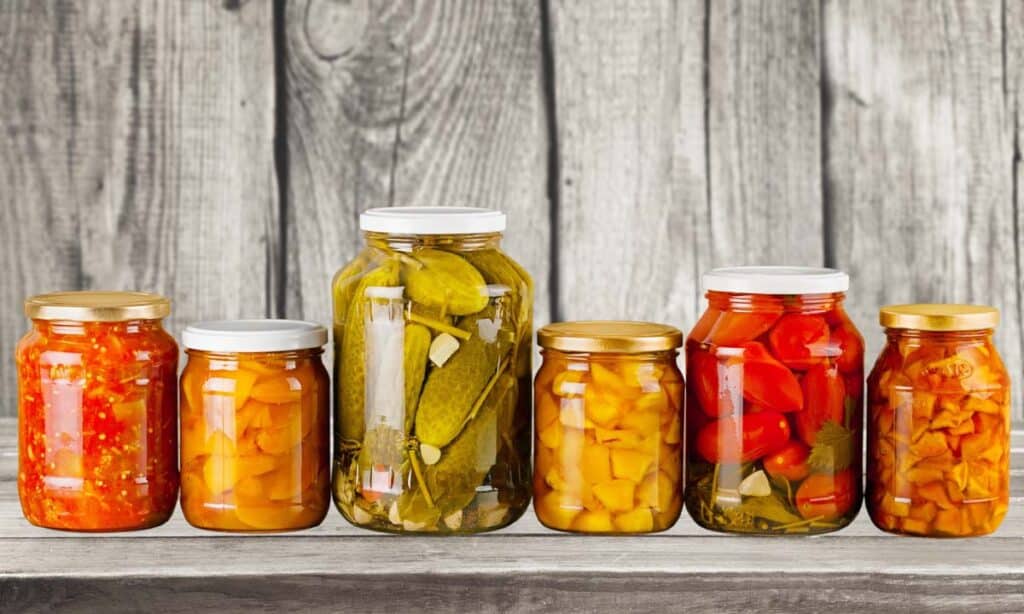
Credit: masterclass.com
Before we get into the list of what foods can be canned, it’s important to understand the 3 methods of canning. Each one works best for specific types of foods.
Water Bath Canning
- Ideal for high-acid foods like fruits, pickles, jams, and tomatoes.
- The jars are submerged in boiling water to kill bacteria and seal the lids.
- Perfect for beginners because it’s simple and doesn’t require special equipment.
Pressure Canning
- Used for low-acid foods such as meats, beans, and most vegetables.
- A pressure canner reaches higher temperatures than boiling water, ensuring safety against harmful bacteria like botulism.
- It’s the go-to method for canning meat at home or canning baby food.
If you want to explore creative pressure canning ideas, check out these tempting pressure canning recipes for inspiration.
Steam Canning
- Similar to water bath canning but uses steam instead of boiling water.
- Faster and uses less water, but still best for high-acid foods.
- A great option for those short on time or space.
What Foods to Can at Home
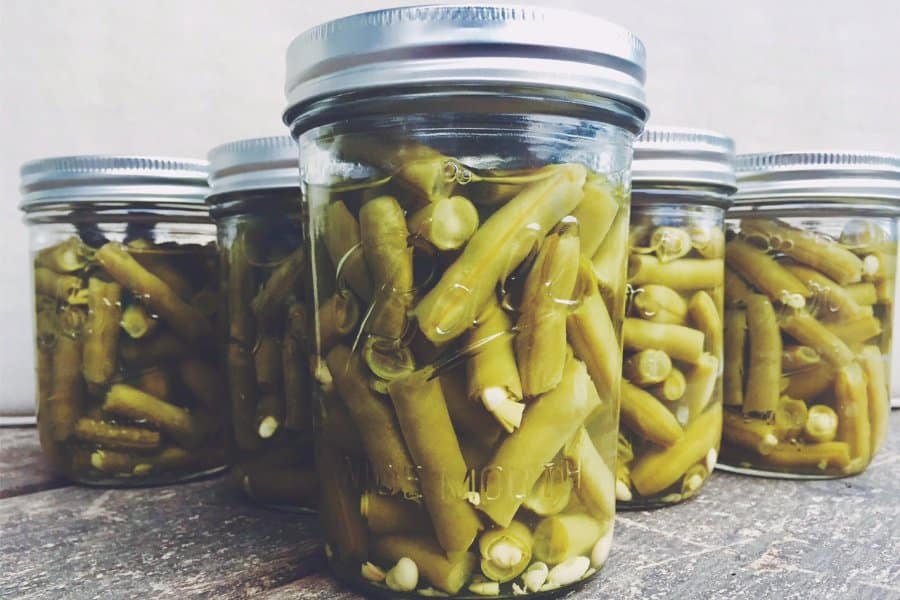
Credit: thehouseandhomestead
Now that you know the basic methods, let’s look at what foods can be canned safely and deliciously at home.
Here’s a breakdown by category:
Fruits
Canning fruits is an easy way to preserve natural sweetness year-round.
Best fruits for canning:
- Peaches
- Apples
- Pears
- Berries
- Pineapple
- Cherries
You can use a water bath method for most fruits since they are naturally high in acid. If you love seasonal fruits, you might enjoy this guide to zucchini canning recipes for creative vegetable preservation ideas.
Vegetables
If you’re wondering what foods can be canned when it comes to veggies — good news! Many vegetables can be canned and stored for months.
However, most vegetables are low in acid, so pressure canning is the safest option.
Best canning vegetables include:
- Green beans
- Carrots
- Corn
- Potatoes
- Beets
- Zucchini
- Peas
These are considered some of the best canning vegetables because they maintain flavor and texture even after canning.
Meats and Poultry
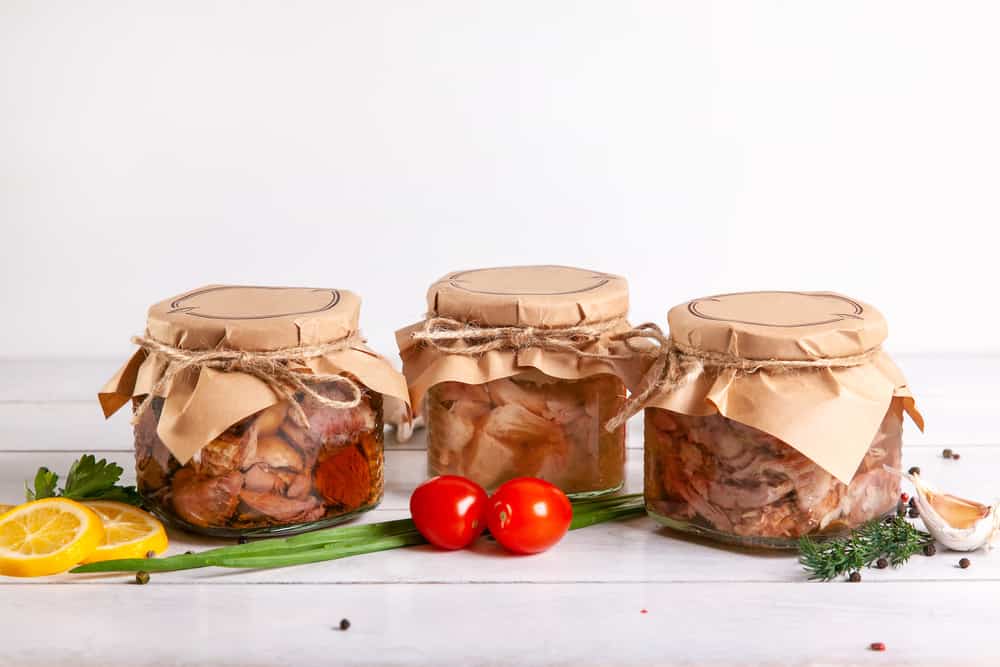
Credit: morningchores.com
Yes, you can absolutely can meat! Canning meat at home is one of the best ways to store protein without refrigeration. It’s perfect for busy weeks, camping trips, or emergencies.
Types of meat you can can:
- Chicken and turkey
- Beef and pork
- Fish (like salmon or tuna)
- Game meats (venison, elk, etc.)
If you’re new to it, start with how to can meat for beginners. Always use a pressure canner to ensure safety and proper sealing.
Soups, Stews, and Beans
These are some of my personal favorites to can! Having homemade soup in a jar saves so much time on busy days.
Things you can can in this category:
- Chicken soup
- Beef stew
- Chili
- Baked beans
- Lentils
Just remember — if your soup contains meat, it must be pressure canned.
Baby Food
If you want healthier, preservative-free meals for your little one, canning baby food is a great option. You can puree fruits, veggies, and meats, then can them in small jars for long-term storage.
Always make sure:
- The texture is smooth and safe for your baby.
- Jars are properly sterilized and sealed.
- You label and date each jar for freshness.
Safety Tips for Home Canning
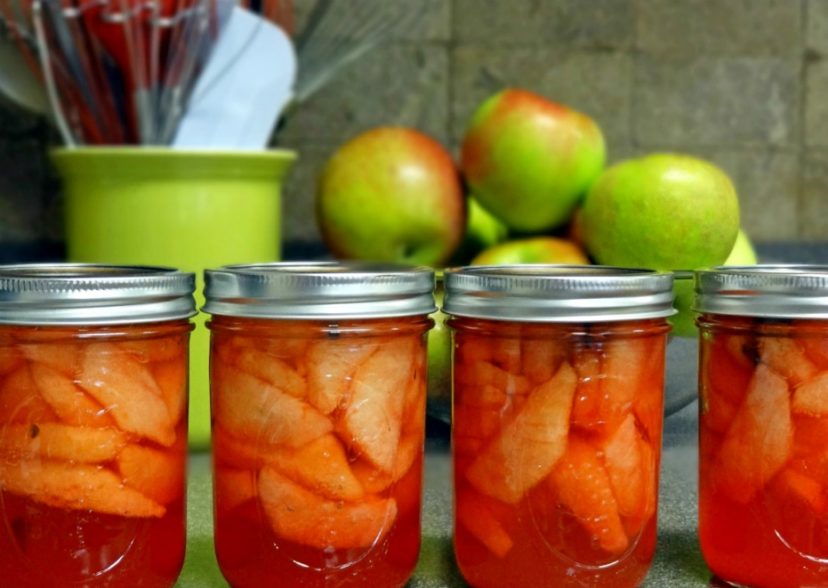
Credit:hgic.clemson.edu
Knowing what foods can be canned is only half the job — safe canning practices are just as important. Follow these simple rules:
- Always use clean, sterilized jars.
- Follow tested recipes and canning times.
- Check for proper seals — if the lid pops, it’s not safe.
- Store canned foods in a cool, dark place.
- When in doubt, throw it out — never risk eating spoiled canned food.
For more detailed canning safety standards, you can refer to USDA’s Home Canning Guide.
Things You Can Can for Long-Term Storage
If you’re building a pantry for long-term storage, here are things you can can that will last up to a year or more when sealed properly:
- Pickles and relishes
- Jams and jellies
- Tomato sauce and salsa
- Beans and lentils
- Meat and soups
- Broths and stocks
These items are pantry staples and great to keep on hand for quick, homemade meals anytime.
Why Canning Is Worth It?
Learning what foods can be canned opens up a whole new world of possibilities in the kitchen. Canning helps you preserve your favorite ingredients, reduce food waste, and ensure that you always have healthy, flavorful food ready to go.
Personally, I love the sense of satisfaction that comes from seeing rows of colorful jars lined up on the shelf — each one filled with the fruits (and veggies!) of my labor.
The Bottom Line
Once you understand what foods can be canned, the rest is simple. Start small — maybe with fruits or pickles — and then move on to vegetables and meats as you gain confidence.
Canning is a tradition worth keeping alive, and it’s easier than you might think. From preserving your garden harvest to creating quick meals for busy days, home canning is a skill that pays off all year long.
So grab your jars, pick your produce, and get started today — you’ll love the results!
FAQ’s
Let us answer a few of your questions!
What are the three methods of canning?
The 3 methods of canning are water bath, pressure canning, and steam canning — each for different types of foods.
Can I can meat at home?
Yes! Canning meat at home is safe when done with a pressure canner. It’s great for long-term storage.
What foods should not be canned?
Avoid canning dairy, eggs, or thickened sauces — they don’t can well and can spoil easily.
Can I can baby food safely?
Yes, but make sure you use a tested recipe and pressure canner to ensure it’s safe for your baby.
What vegetables are best for canning?
Green beans, carrots, corn, potatoes, and zucchini are some of the best canning vegetables that stay flavorful after preservation.


